Un paraíso verde
El Jardín Botánico Nacional de Cuba se encuentra en las afueras de La Habana, es un lugar mágico. A pesar de las circunstancias y que sus condiciones no son las mismas de hace unos años atrás, el lugar te atrapa con sus encantos.
Solo un poco más de 20 km hay que recorrer desde el centro de la ciudad para llegar hasta él. No es muy largo el tramo, pero aún así, no muchas personas lo visitan. Ese sábado en la mañana que decidimos ir en familia, habían muy pocos visitantes, el inmenso sitio era prácticamente nuestro.
El Jardín se extiende por casi 500 hectáreas y se exhiben más de 3000 especies de plantas tropicales. Toda su extención funciona como área expositiva. En más de la mitad de esta crecen plantas de Australia, Asia, África, América del Sur entre otros. Unas 120 hectáreas están sembradas de flora autóctona cubana y otras áreas dedicadas a plantas específicas (palmas, árboles antiguos, plantas ornamentales y frutales).
Una parte imperdible del Botánico Nacional es el Jardín Japonés. Hablé de la extraña aventura que viví en ese lugar en un post que publiqué recientemente...prueba de la magia que abunda allí.😉🤭
Los recursos para la contrucción de este hermoso paraje fueron donados por el gobierno Japonés, así como su diseño. En él se reflejan elementos fundamentales de la cultura japonesa, aunque se añadieron algunas plantas pertenecientes a otras geografias, que complementaron su concepto estético. El resultado fue un maravilloso espacio lleno de paz y belleza.
También visitamos los pabellones expositivos de estructura metálica con tejado de vidrio . Tristemente no pudimos acceder al primero porque el mal estado de su techo pone en peligro la seguridad de los visitantes. Este está destinado a la exhibición de la vegetación de las zonas tropicales áridas , pero afortunadamente si pudimos disfrutar los dos restantes. En ellos crece la vegetación típica de los bosques húmedos tropicales y bosques húmedos de montaña. Aquí la temperatura es súper agradable y el sonido del agua cayendo desde las fuentes artificiales es relajante y muy grato. También encontramos algunos ejemplares de la fauna cubana.
Quedaron muchos lugares por visitar en este vasto espacio, pero no hubo tiempo. No quise irme sin antes aventurarme a subir los 46 escalones que separan al puente colgante 20 metros del suelo. Asegurado a 2 gigantes ejemplares de "Cavanillesia Platanifolia" (especie originaria del trópico americano, de grueso tronco y que puede alcanzar hasta 30m)...definitivamente no es para personas con vértigo.😜
The National Botanical Garden of Cuba, located on the outskirts of Havana, is a magical place. Despite the circumstances and the fact that its conditions are not the same as a few years ago, the place captures you with its charms.
It is only a little more than 20 km from the center of the city to reach it. It is not very long, but even so, not many people visit it. That Saturday morning when we decided to go as a family, there were very few visitors, the immense site was practically ours.
The Garden extends for almost 500 hectares and exhibits more than 3000 species of tropical plants. Its entire extension serves as an exhibition area. In more than half of it grow plants from Australia, Asia, Africa, South America and others. Some 120 hectares are planted with native Cuban flora and other areas dedicated to specific plants (palms, ancient trees, ornamental plants and fruit trees).
An unmissable part of the National Botanical Garden is the Japanese Garden. I talked about the strange adventure I lived in that place in a post I published recently...proof of the magic that abounds there.😉🤭
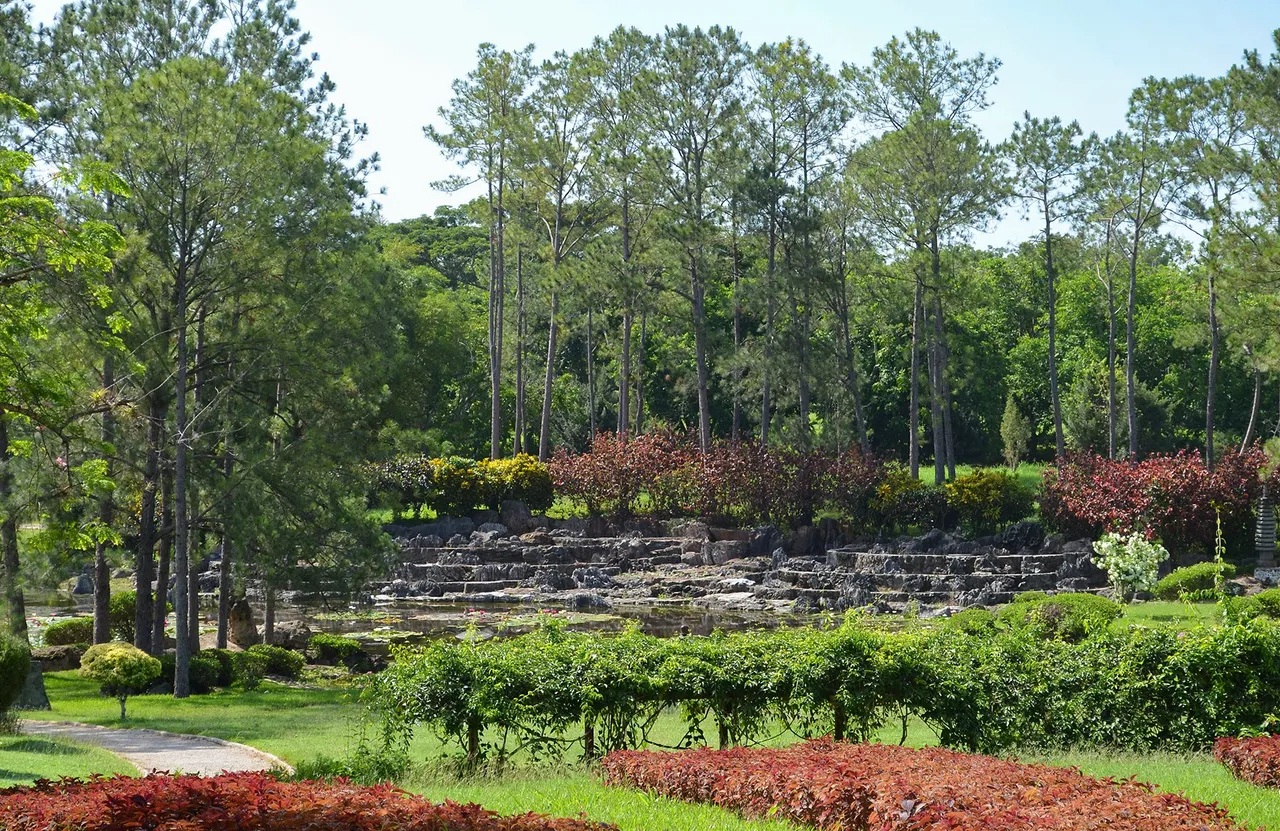
The resources for the construction of this beautiful place were donated by the Japanese government, as well as its design. Fundamental elements of Japanese culture are reflected in it, although some plants belonging to other geographies were added, which complemented its aesthetic concept. The result was a wonderful space full of peace and beauty.
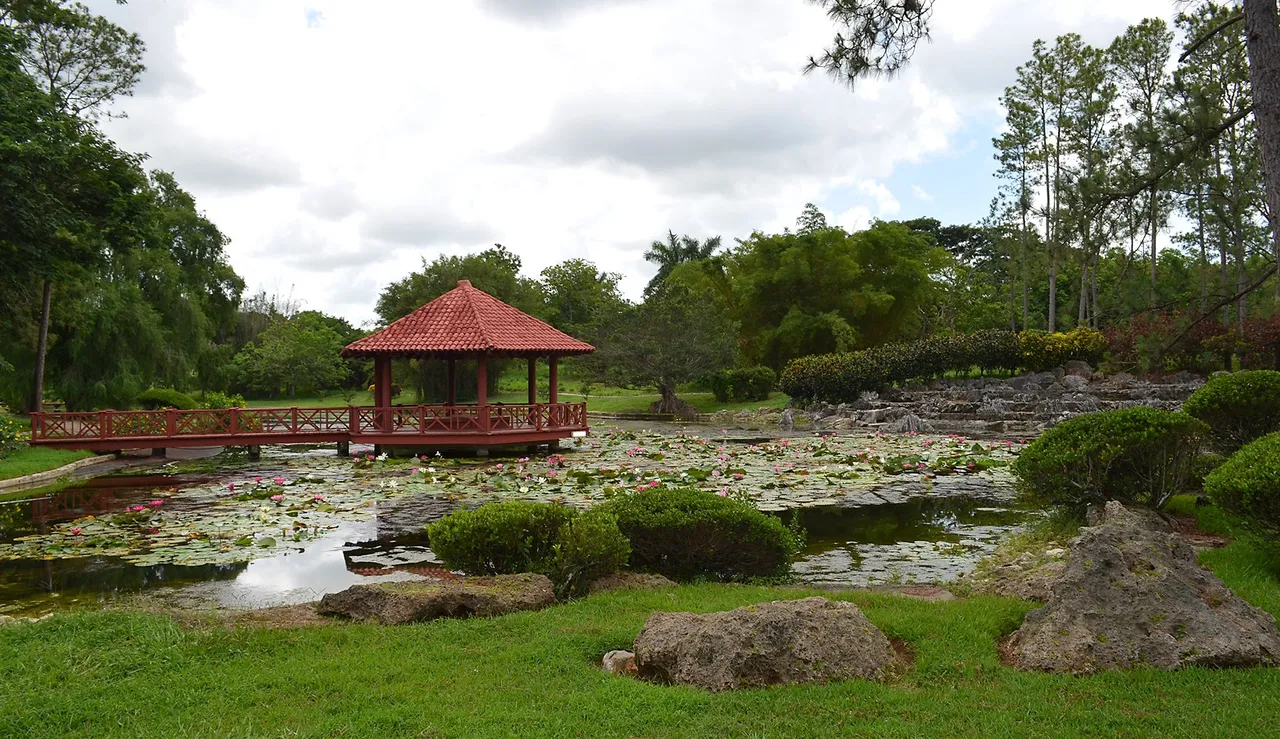
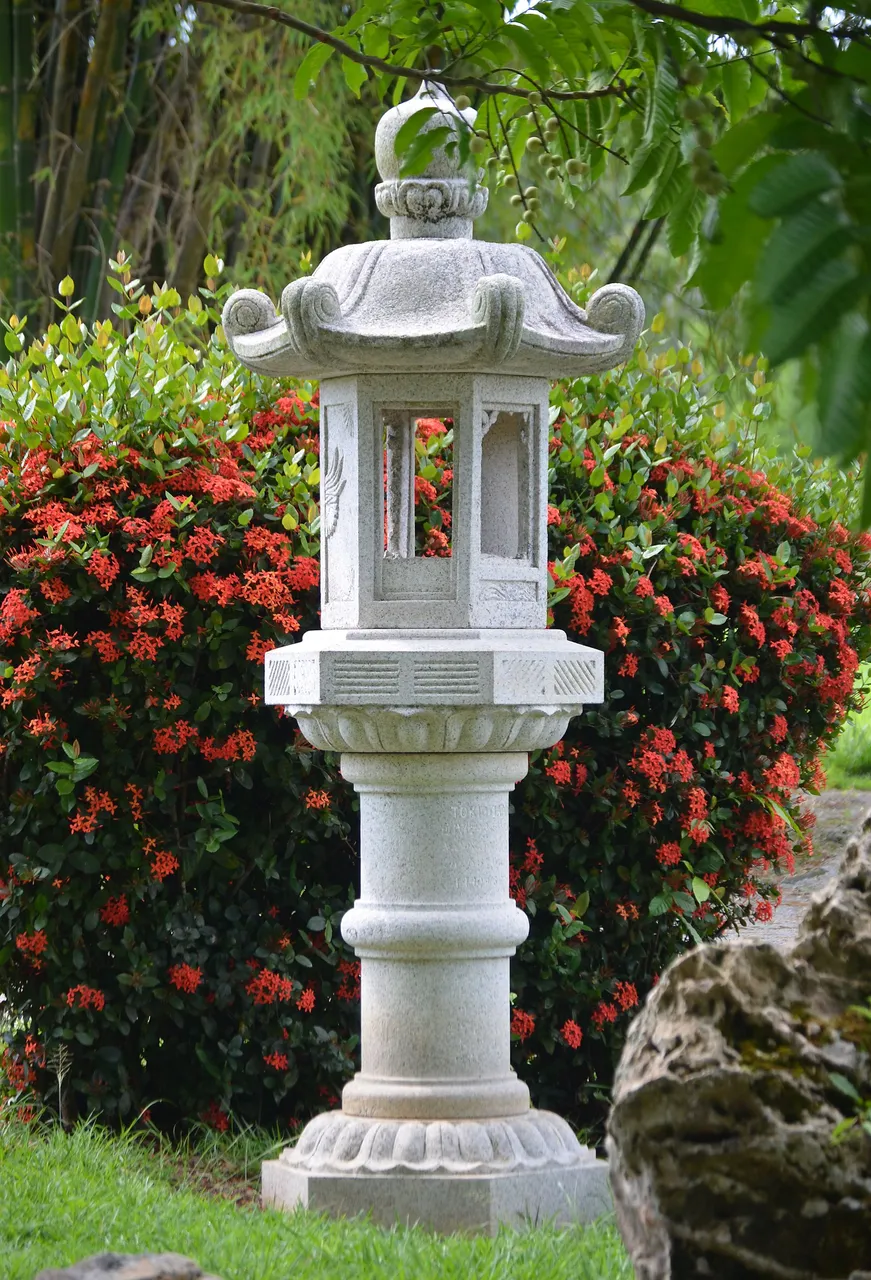
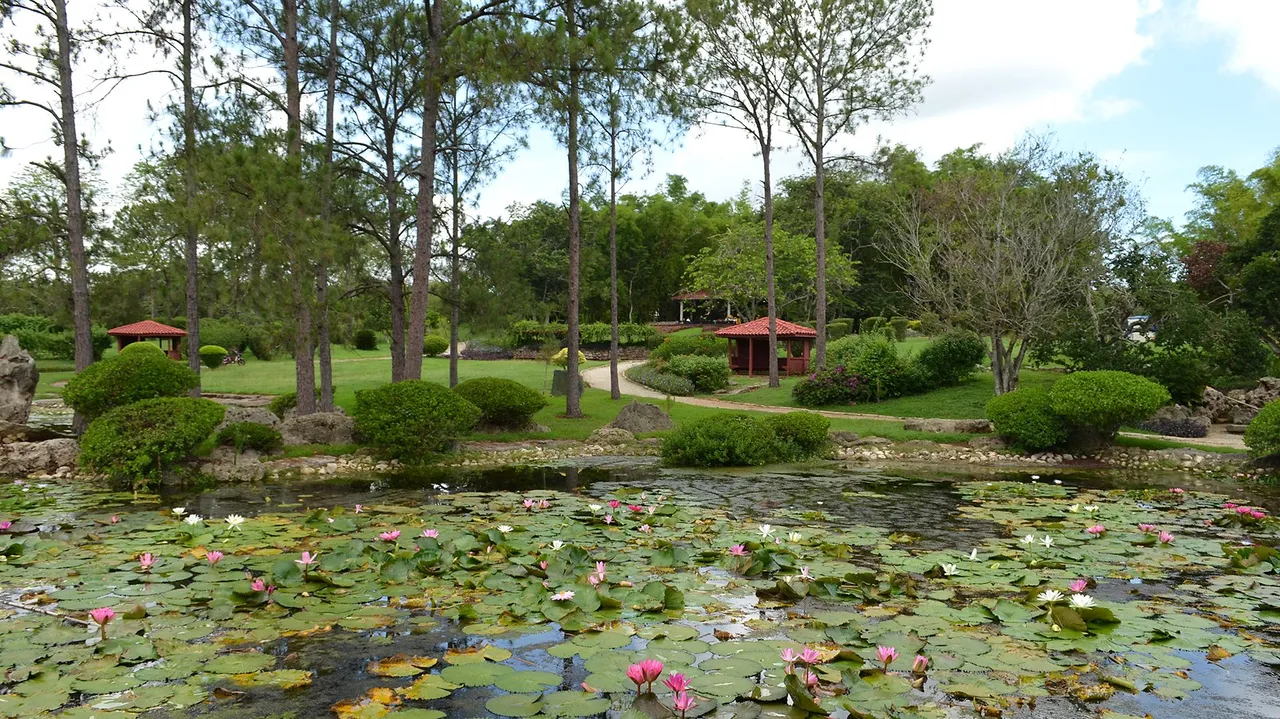
We also visited the exhibition pavilions of metal structure with glass roof. Sadly we could not access the first one because the poor condition of its roof endangers the safety of visitors. This one is destined to the exhibition of the vegetation of the arid tropical zones, but fortunately we were able to enjoy the other two. In them grows the typical vegetation of the tropical rainforests and mountain rainforests. Here the temperature is very pleasant and the sound of the water falling from the artificial fountains is relaxing and very pleasant. We also found some specimens of Cuban fauna.
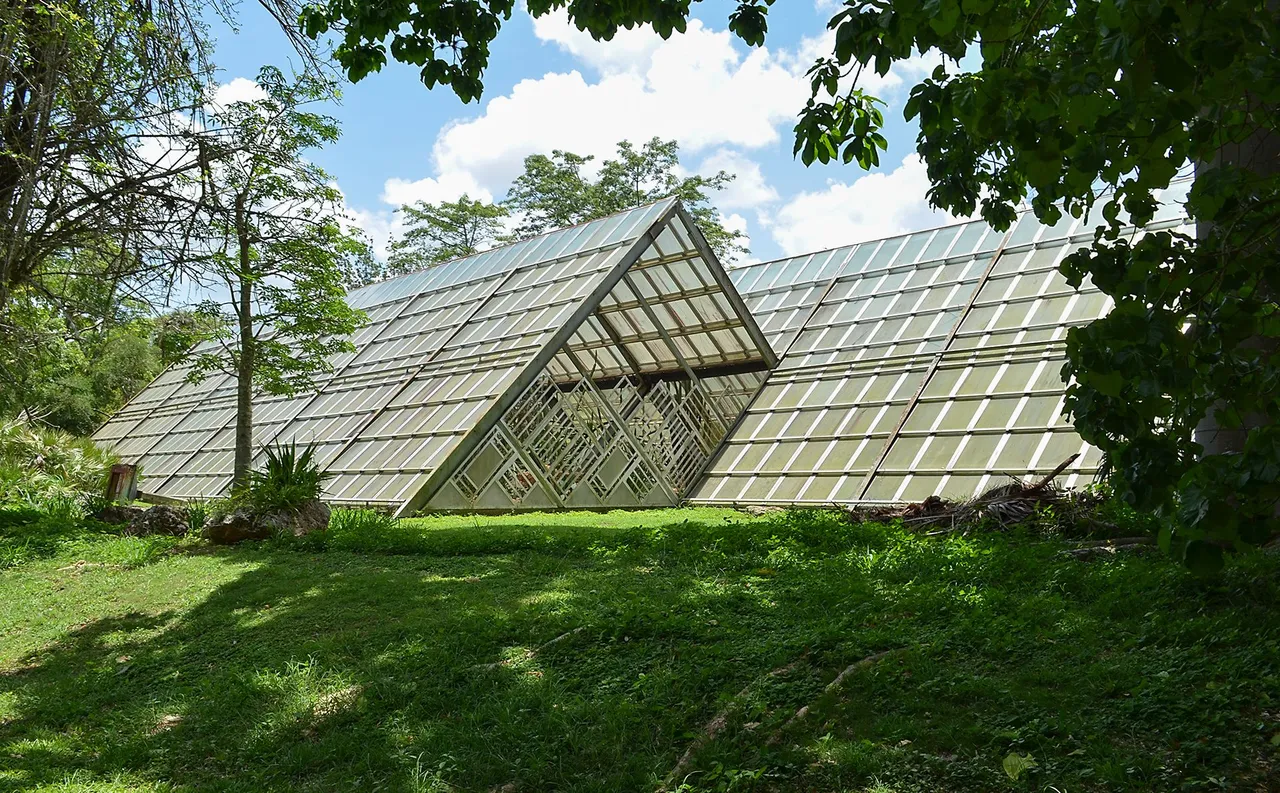
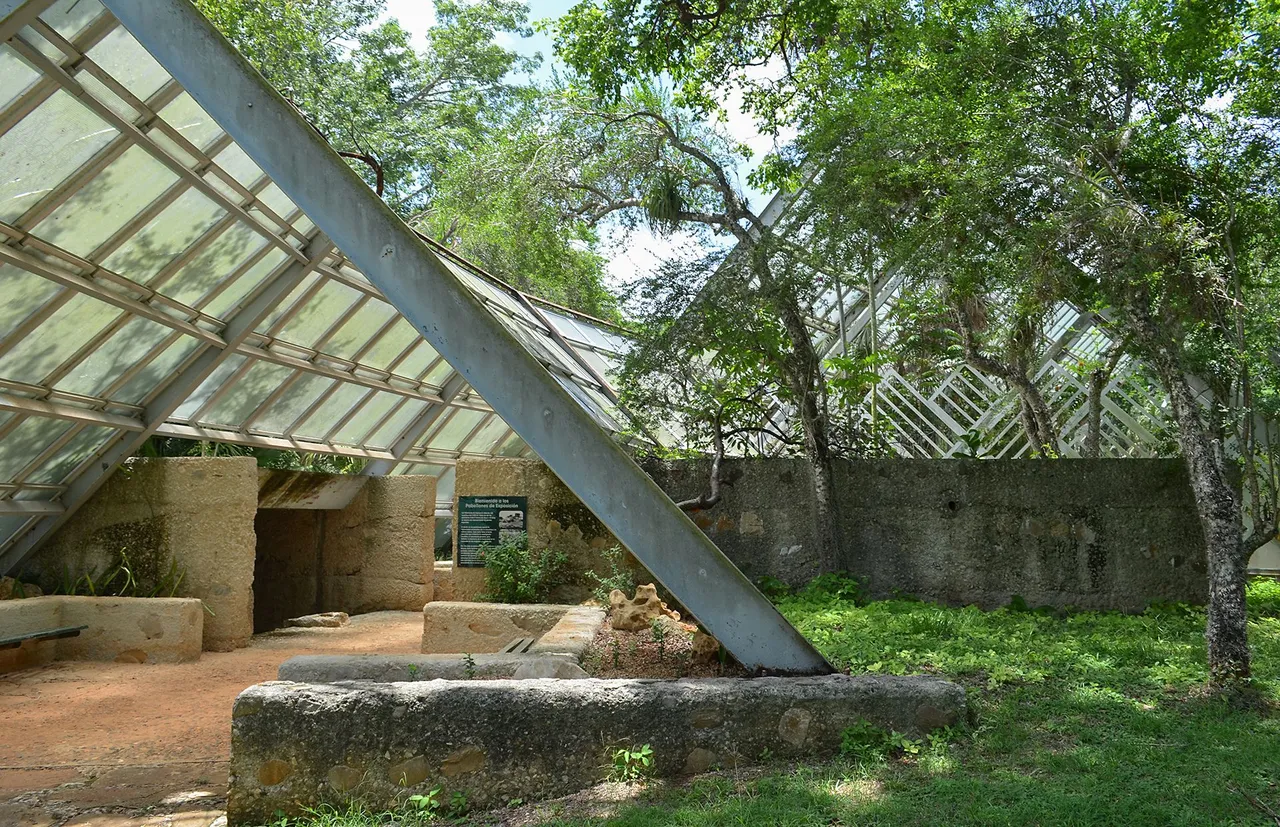
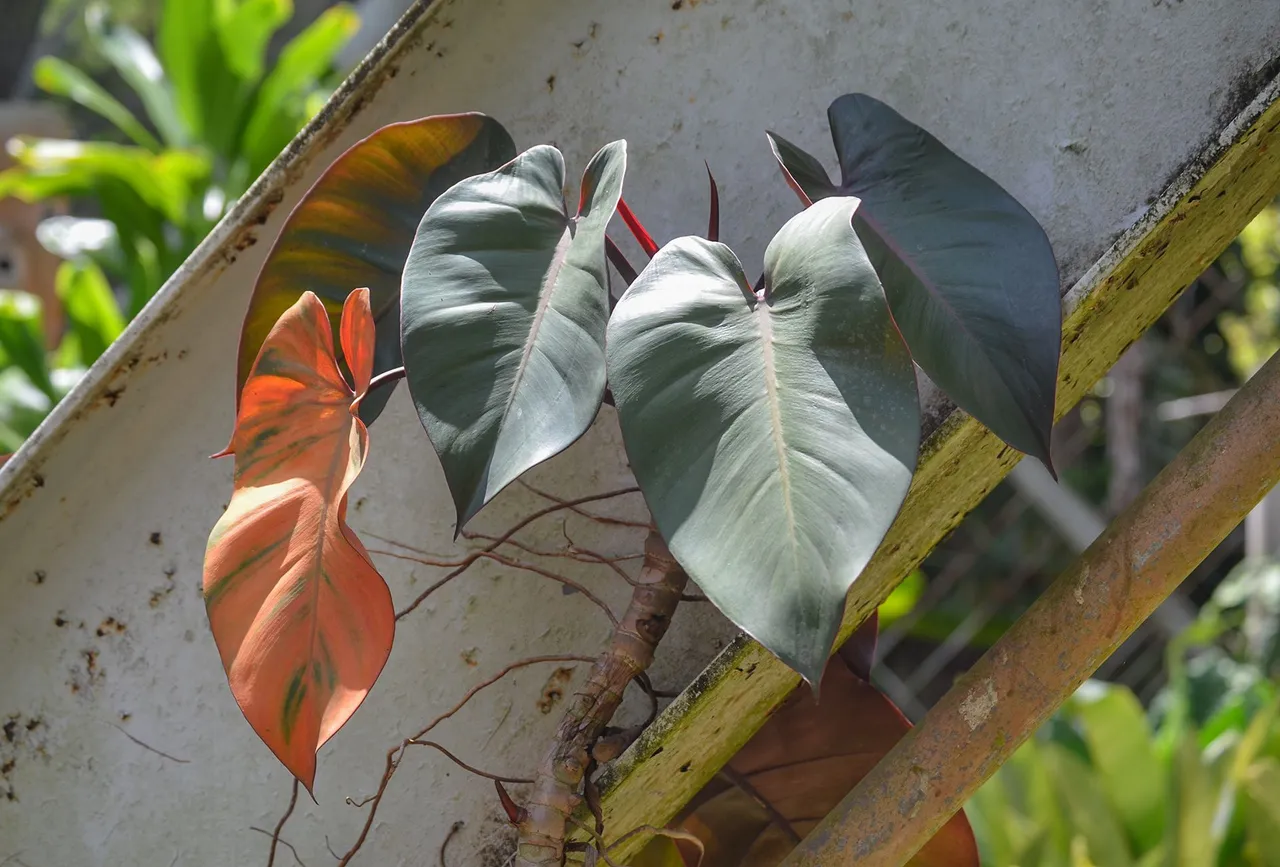

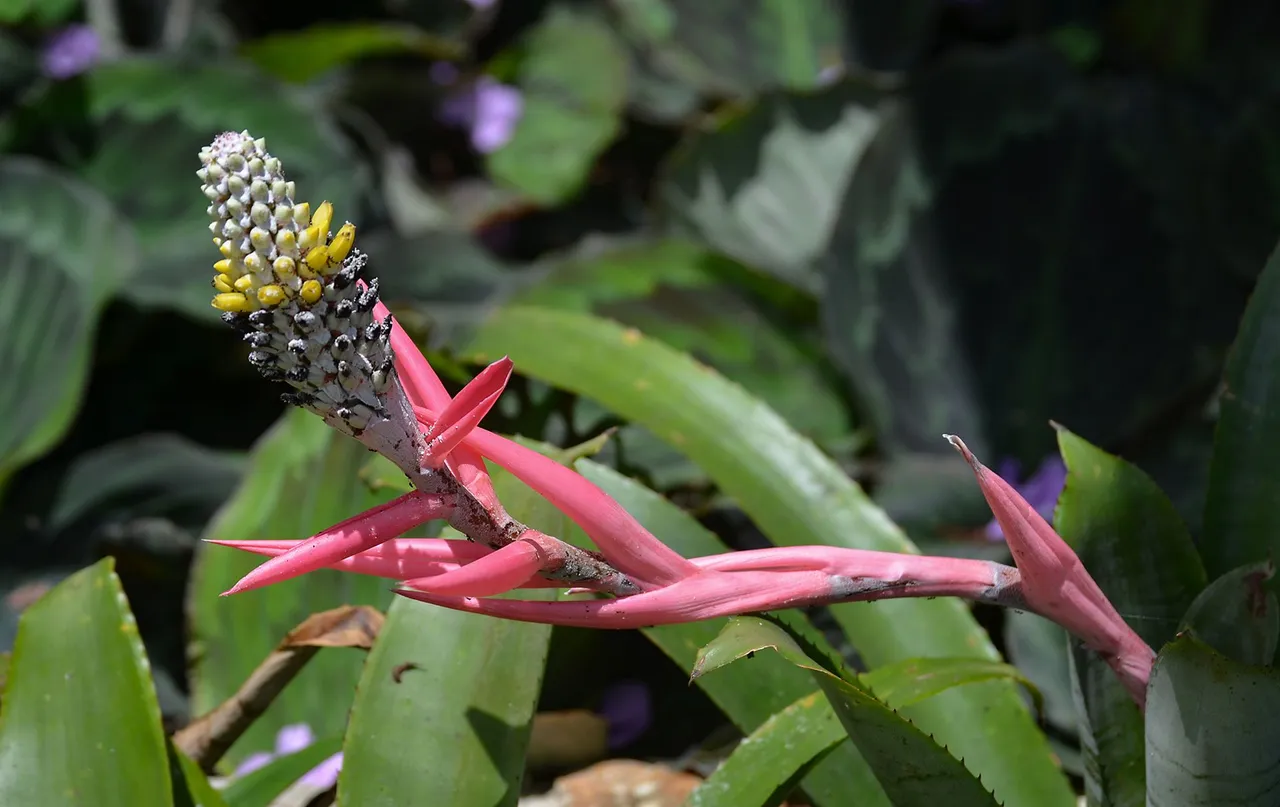
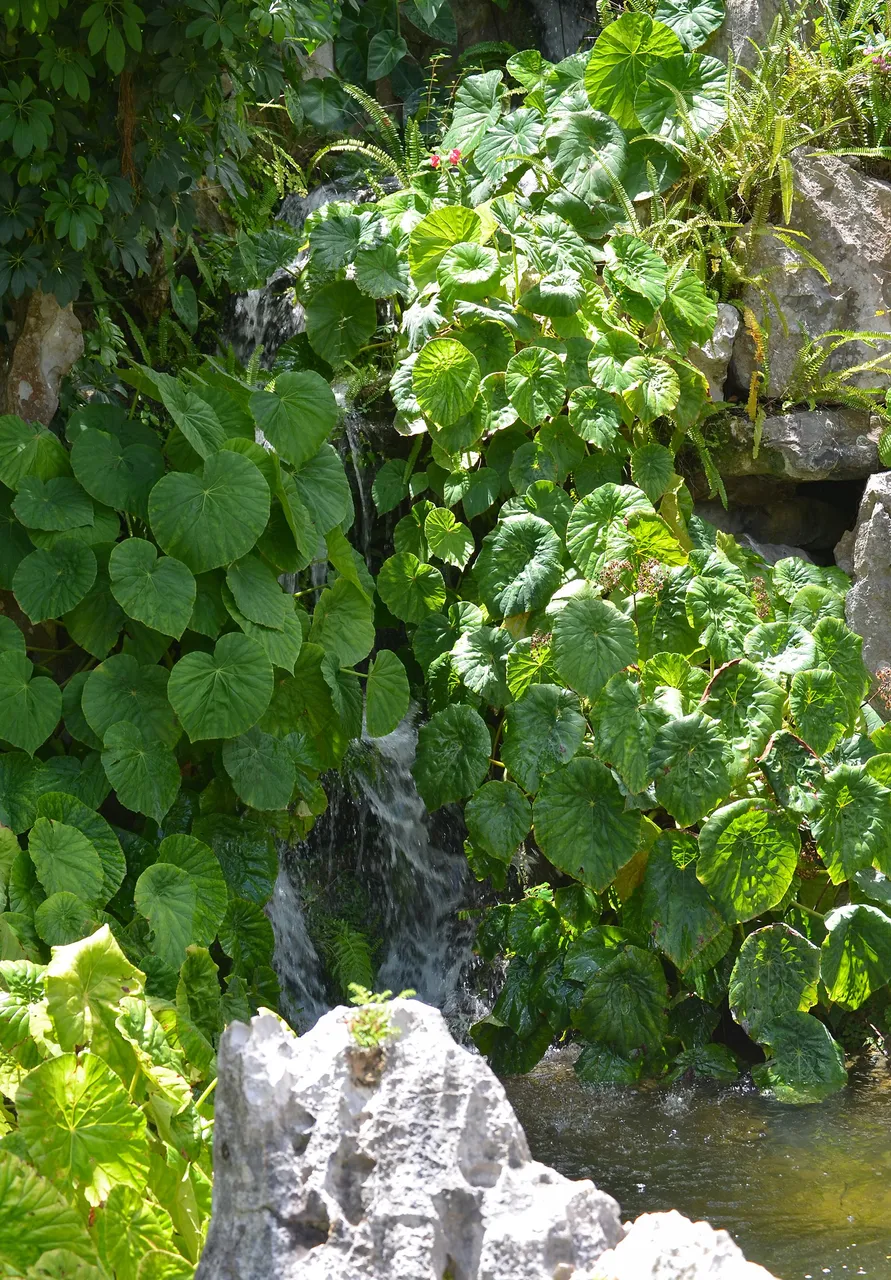
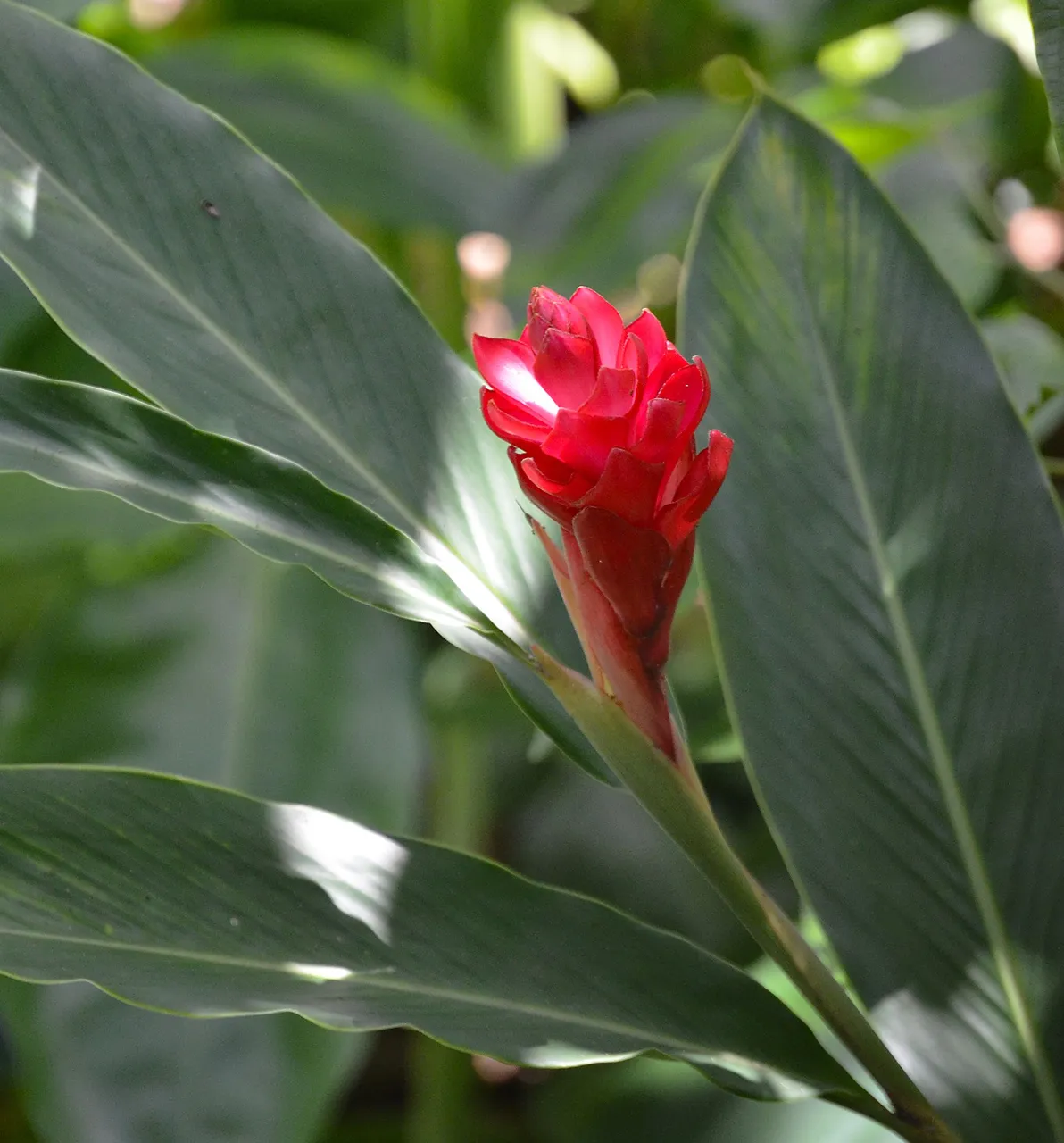
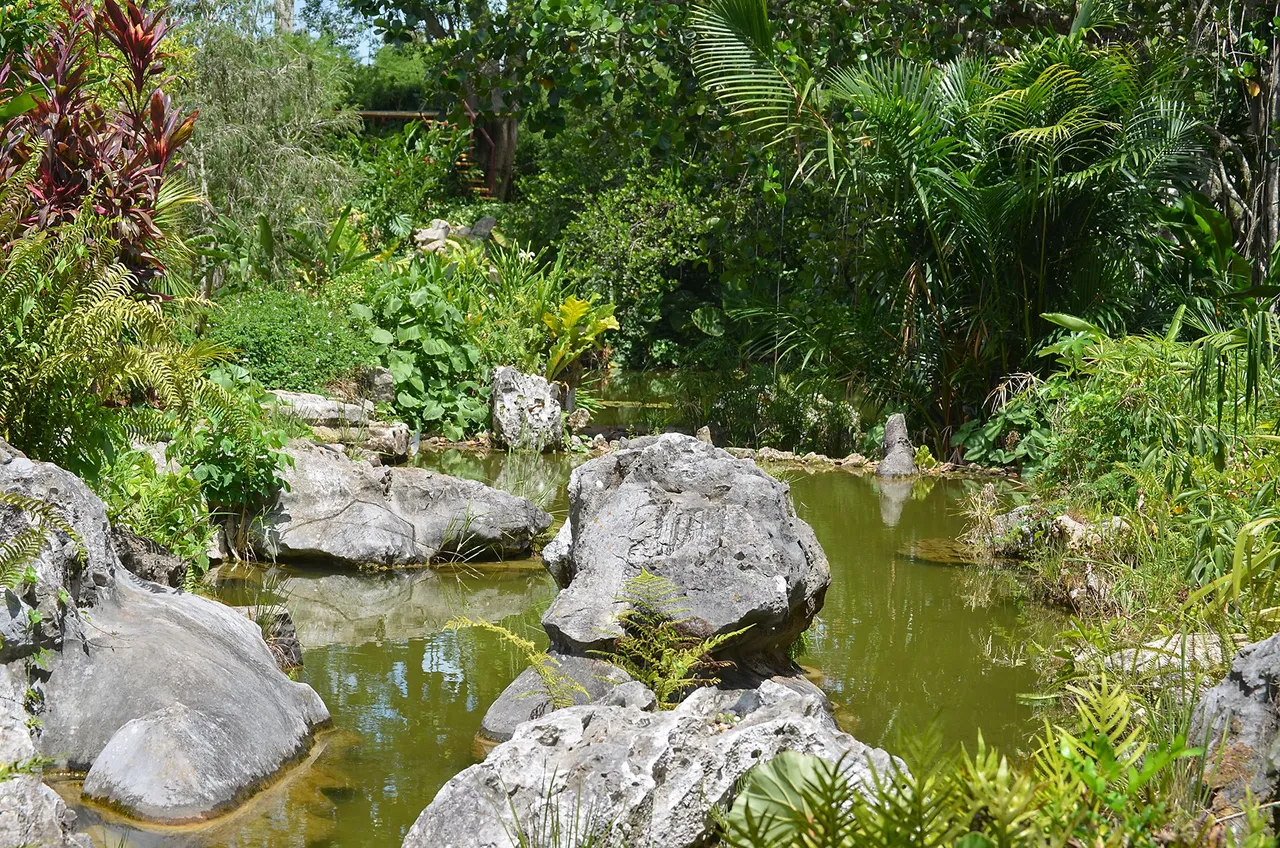
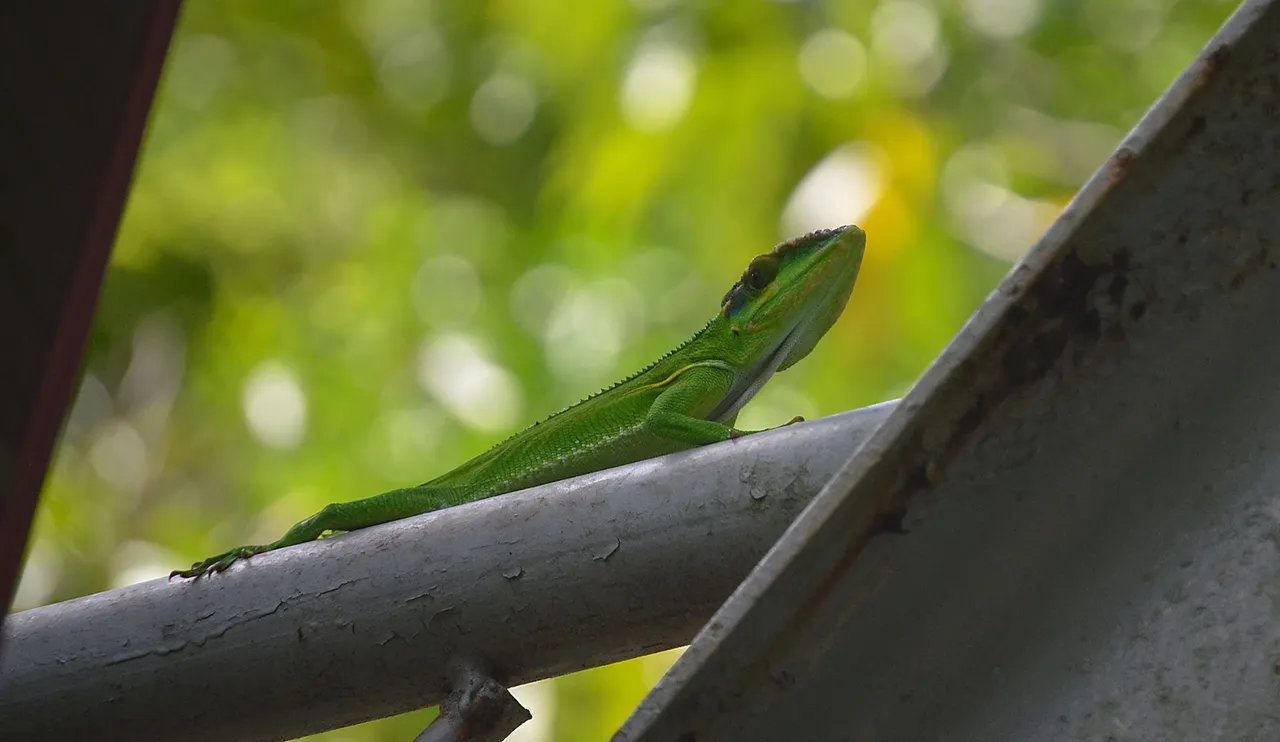
There were many places left to visit in this vast space, but there was no time. I did not want to leave without first venturing up the 46 steps that separate the suspension bridge 20 meters from the ground. Secured to 2 giant specimens of "Cavanillesia Platanifolia" (a species native to the American tropics, with a thick trunk and that can reach up to 30 m)...is definitely not for people with vertigo.😜
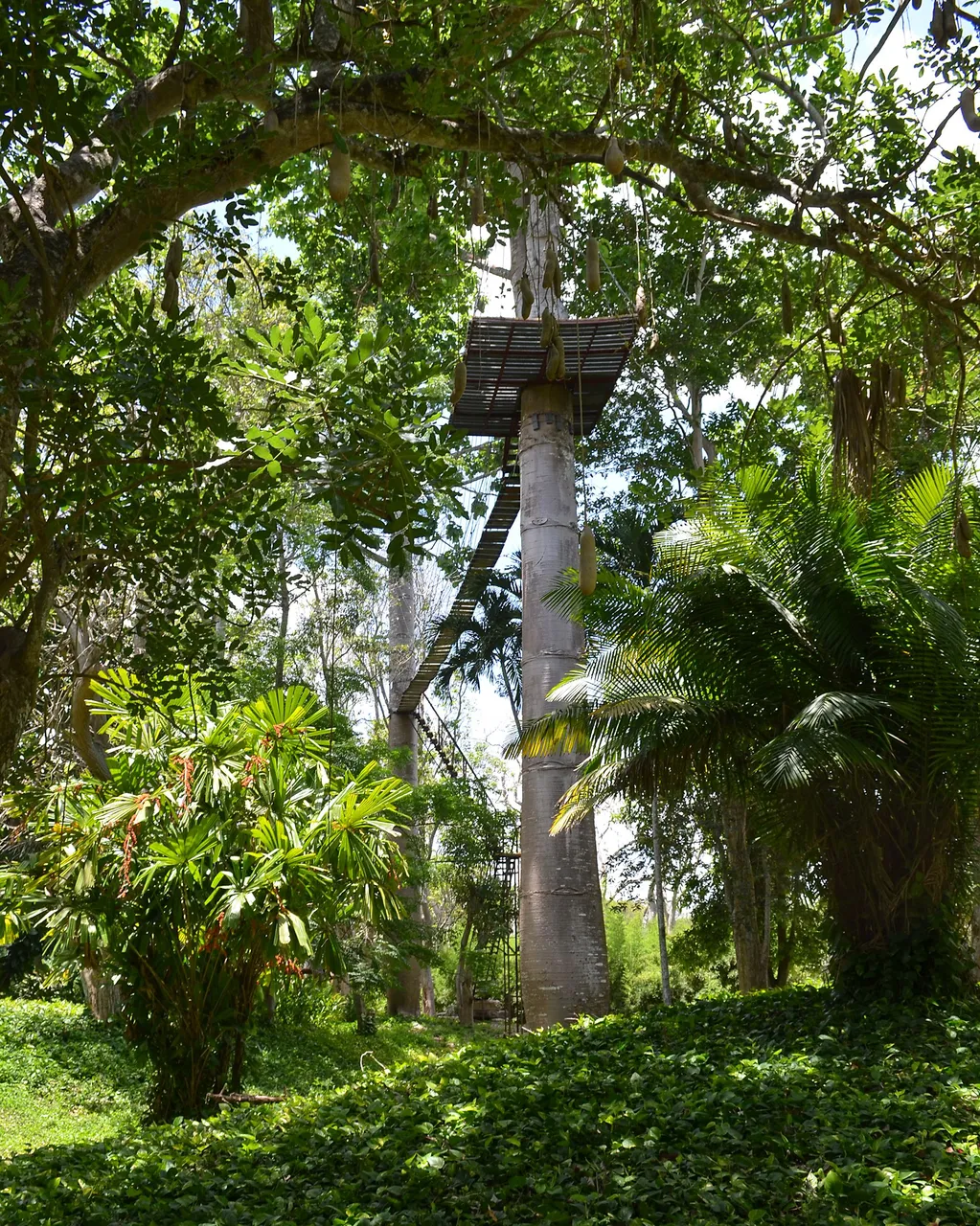
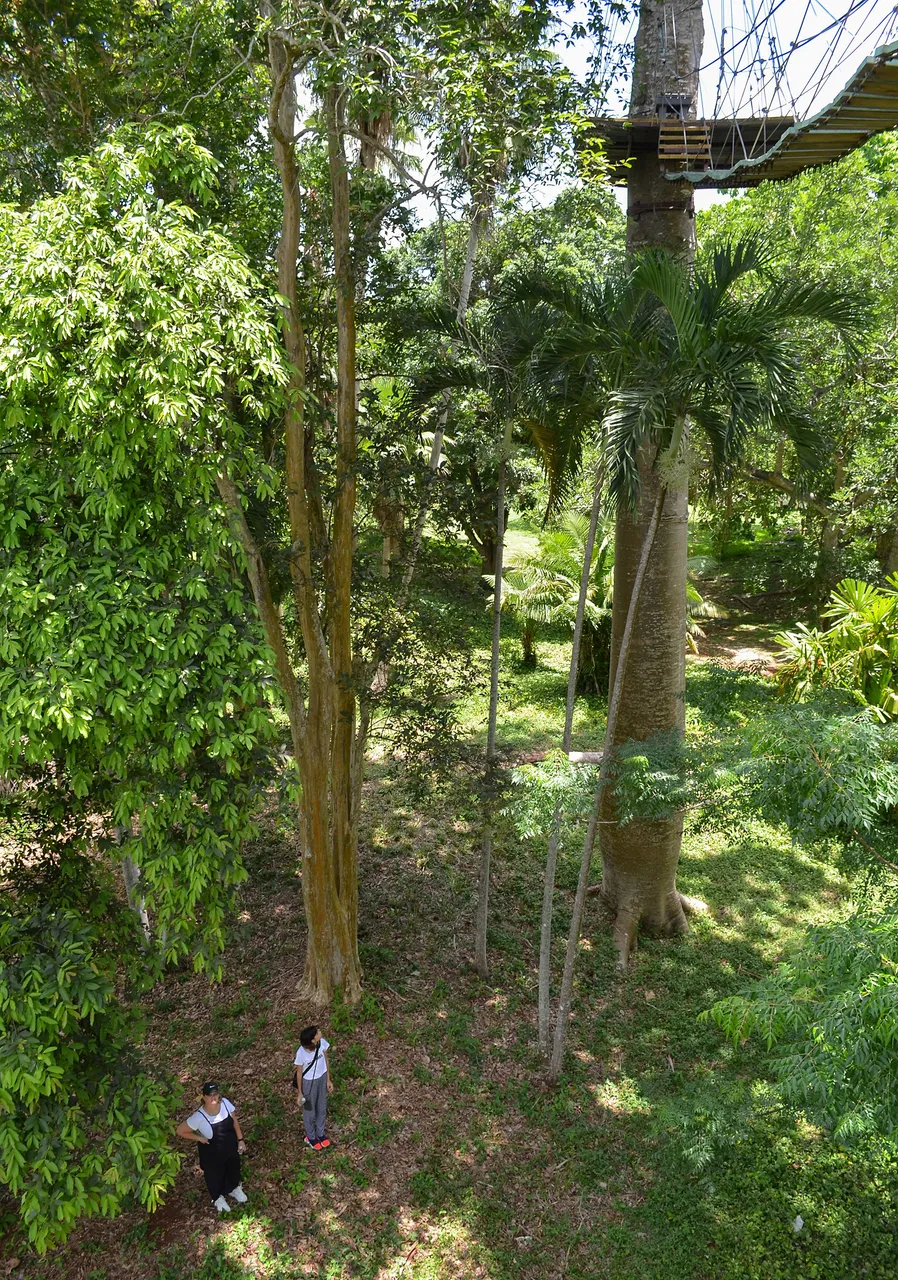
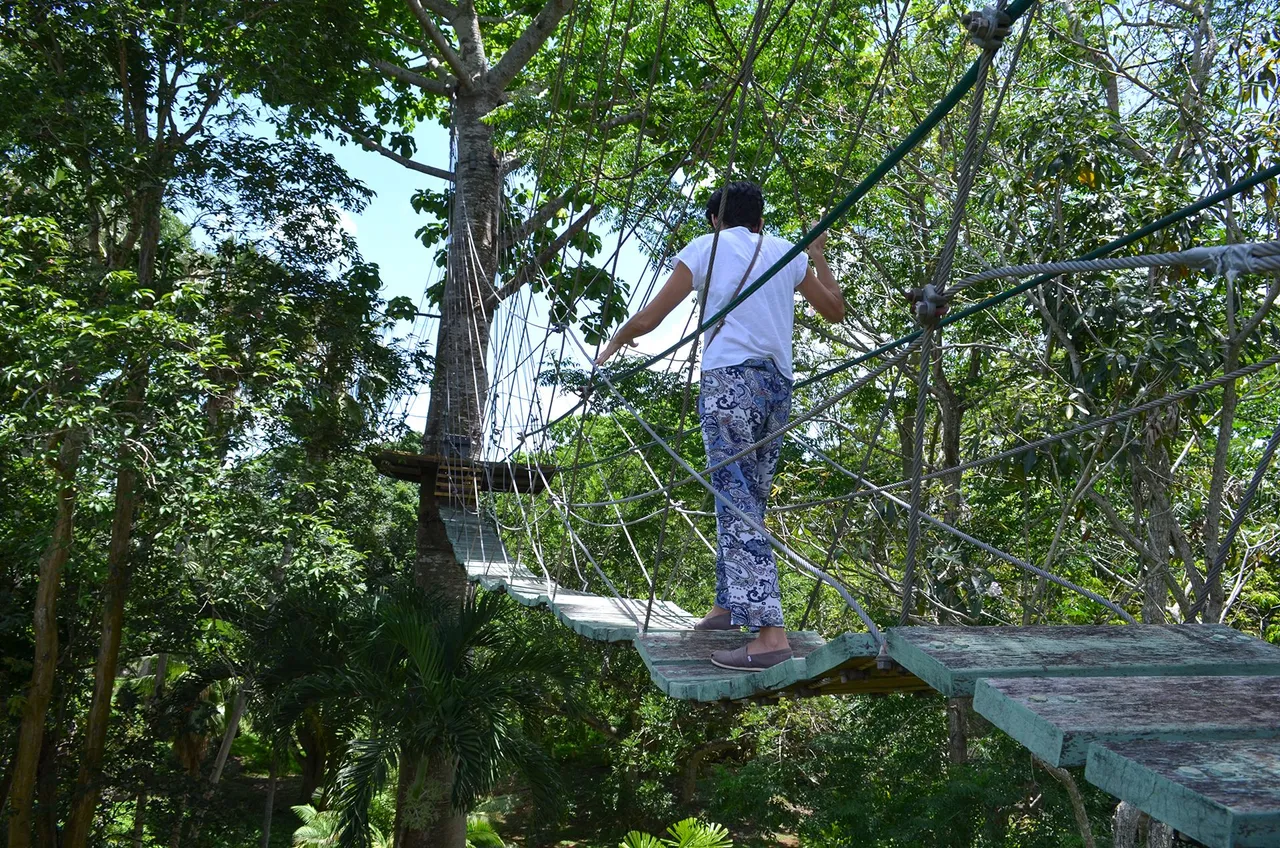
All rights reserved on the text and images, which are of my authorship unless otherwise indicated. I use DeepL for translation because my English is very bad.🤭
Derecho reservado sobre el texto y las imágenes, que son de mi autoría a no ser que indique lo contrario. Uso DeepL para la traducción porque mi Inglés es muy malo.🤭